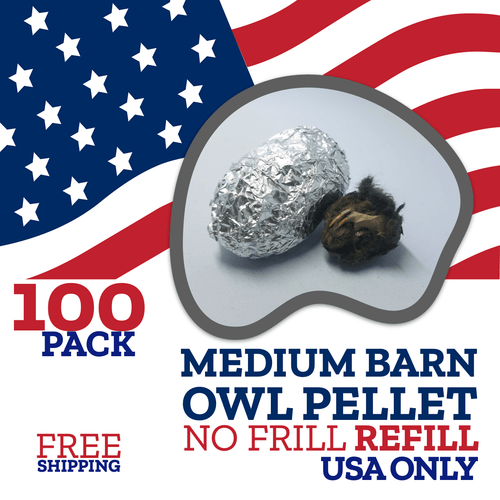|

Lappet-faced Vultures have dark feathers and pink heads.1 They are the biggest vulture that can be found in Africa.2 They stand between 2.6 and almost 4 feet tall, weigh between almost 10 to almost 19 pounds, and have a wingspan of 8.5 feet.1&2
They have huge beaks, which allows them to tear into the more difficult sections of a carcass – like the tendons or ligaments.1 Because of their size and strength, they dominate at carcasses over smaller vultures.2
These vultures are found in deserts, grasslands, and mountainous regions within Sub-Saharan Africa and the Arabian Peninsula.3 They are scavengers, and mainly go after carrion, but they also may hunt live animals, too. They’ve been known to go after flamingos. They’re very aggressive birds. In turn, their eggs and offspring are targets for crows.1
Lappet-faced Vultures make their nests up in trees or on cliffsides. Females lay one egg – and both males and females help care for the offspring. These vultures will also often spend time in the sun, basking in it. Lappet-faced Vultures can live to be 50 years old.3
Like other vultures, Lappet-faced vultures face threats from pesticide use, especially strychnine and carbofuran. They are listed as endangered, according to the IUCN.1
Help students engage with the environment through hands-on learning. Hands-on activities keep students engaged with what they’re learning and help them retain the information.
Present a lesson your students will love and remember.
Dive in with our owl pellets – students can develop their problem-solving skills, observational skills, and dissection skills as they discover what the owl ate. They’ll come away with an understanding of the food chain and skeletal systems of an owl's prey.
|



